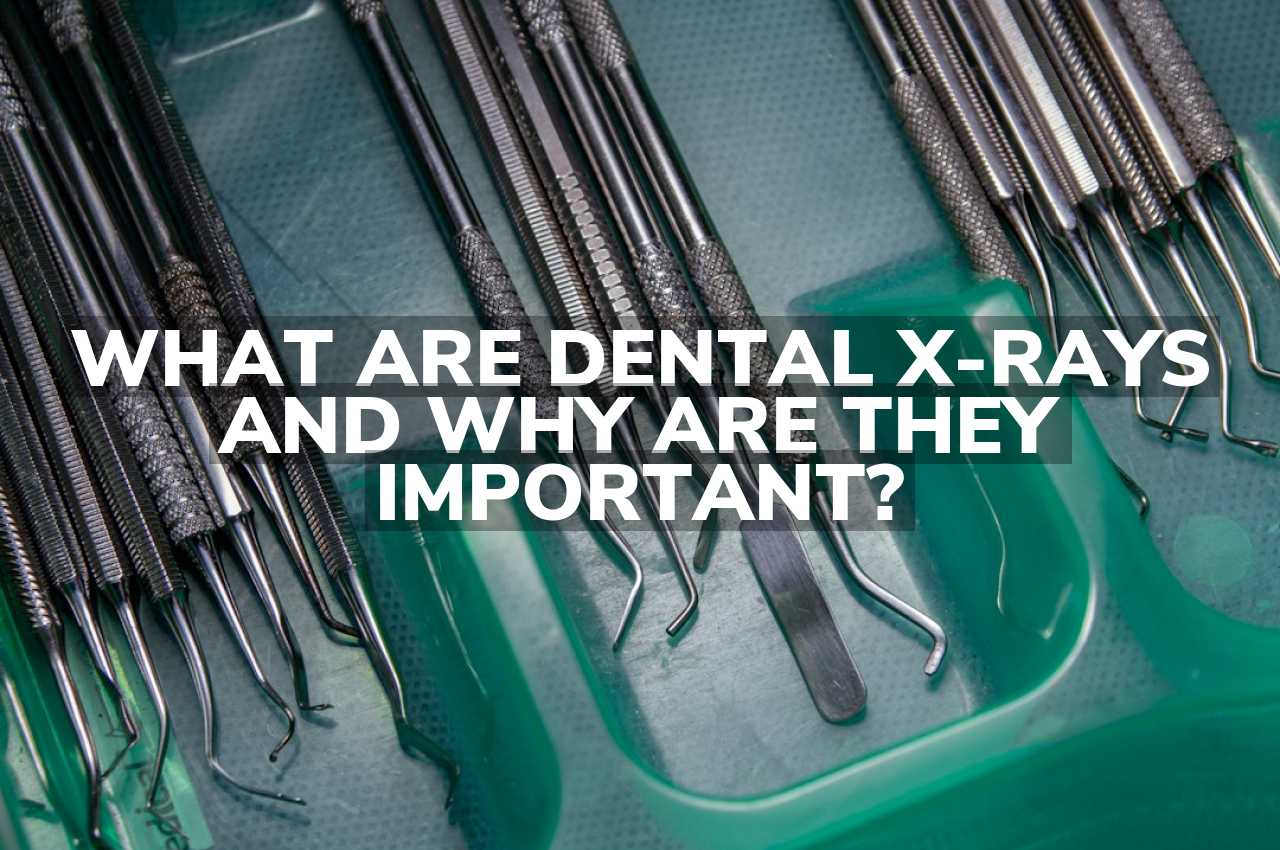Dental X-rays are a type of imaging technology used to diagnose and treat dental issues. They are used to detect cavities, gum disease, and other dental problems that may not be visible during a regular oral examination. By taking X-rays, dentists can get a much better view of the teeth and surrounding tissues, allowing them to provide more accurate diagnoses and treatments.
In addition, X-rays can also help in detecting early signs of tooth decay or infection before they become more serious. With the help of these images, dentists can provide preventative care and treatment plans that will help keep your teeth healthy for years to come.
How Often Should You Get a Dental X-Ray?
The frequency of getting dental X-rays depends on a variety of factors, including your age, medical history, and current oral health. It is important to talk to your dentist about the best plan for you and how often you should get a dental X-ray.
Common Types of Dental X-Rays
You can make sure that you get the best possible care from your dentist by familiarizing yourself with the list below of the most common types of dental X-rays and their uses:
- Conventional Dental X-Rays:
The conventional dental X-ray is a low-dose radiation exposure that is used for many diagnostic procedures. It allows for more detailed evaluation than most other methods of imaging and is suitable for use on whole-body imaging examinations like chest radiographs, abdominal radiographs, and brain CT scans. The image formed from conventional dental X-ray exposure can also be used to guide treatment or evaluate the status of previously treated areas.
- Digital Dental X-Rays:
Digital dental X-rays are obtained using a digital sensor instead of a film. An image is quickly captured and stored digitally so that the camera can be moved to another area of interest. The digital dental X-ray does not require any preparation for the patient, which means that it is more convenient for patients than other forms of imaging like conventional dental X-rays.
- Fluoroscopic Dental X-Rays:
Fluoroscopic dental X-rays provide a three-dimensional image of teeth and mouth structures with greater detail because they use an optical system to view the teeth in large images while having them positioned in different positions. This type of imaging provides an excellent view into teeth and their root canals and allows for the detection of decay and other abnormalities.
- Radiographs:
Radiographs are a form of photography used in dental diagnosis. They provide a two-dimensional image of teeth and their roots that is taken through an X-ray tube with the help of radiation emitted by certain elements on the film such as barium sulfate or iodine. The radiation causes the film to darken and make any anomalies more visible within white tooth enamel. The amount and type of radiation given off by different elements vary depending on where they are placed.
- Fluoroscopy:
Fluoroscopy is a form of X-ray imaging used for dental diagnosis. It’s often used to identify tooth decay and cavities that are not visible on X-rays. This technique also aids in determining the depth of cavities and periodontal pockets by using a different type of radiation that is less penetrating than X-rays. The image from fluoroscopic equipment may be either on film or digital.
What Should You Expect During a Dental X-Ray Appointment?
During a dental X-ray appointment, you can expect to have your mouth examined thoroughly and receive detailed instructions on how to prepare for the procedure. The dentist will also explain what they will be looking for in the X-ray images, so you know what to expect. Finally, they will take the necessary X-ray images and discuss their findings with you afterward. If the X-rays show that your tooth needs a root canal, a filling, or a crown in order to keep it healthy, this will be explained as well.
Tips for Ensuring the Best Possible Results From Your Dental X-Ray Visit
Before your visit, make sure you have all the necessary paperwork filled out, including any insurance forms that may be required. It’s also important to make sure that you are wearing comfortable clothing and have cleaned your teeth beforehand.
During the appointment, follow any instructions given by the technician or dentist for positioning yourself for optimal results.
Afterwards, follow up with any additional treatments or tests recommended by the dentist or technician based on their findings from the x-ray. Taking these steps will ensure that you get the best possible results.
Contact Us for Your Next Dental X-Ray
Take care of your dental needs with us! Lee Family Dentistry offers a wide selection of general dentistry, restorative dentistry, and cosmetic dentistry services.

